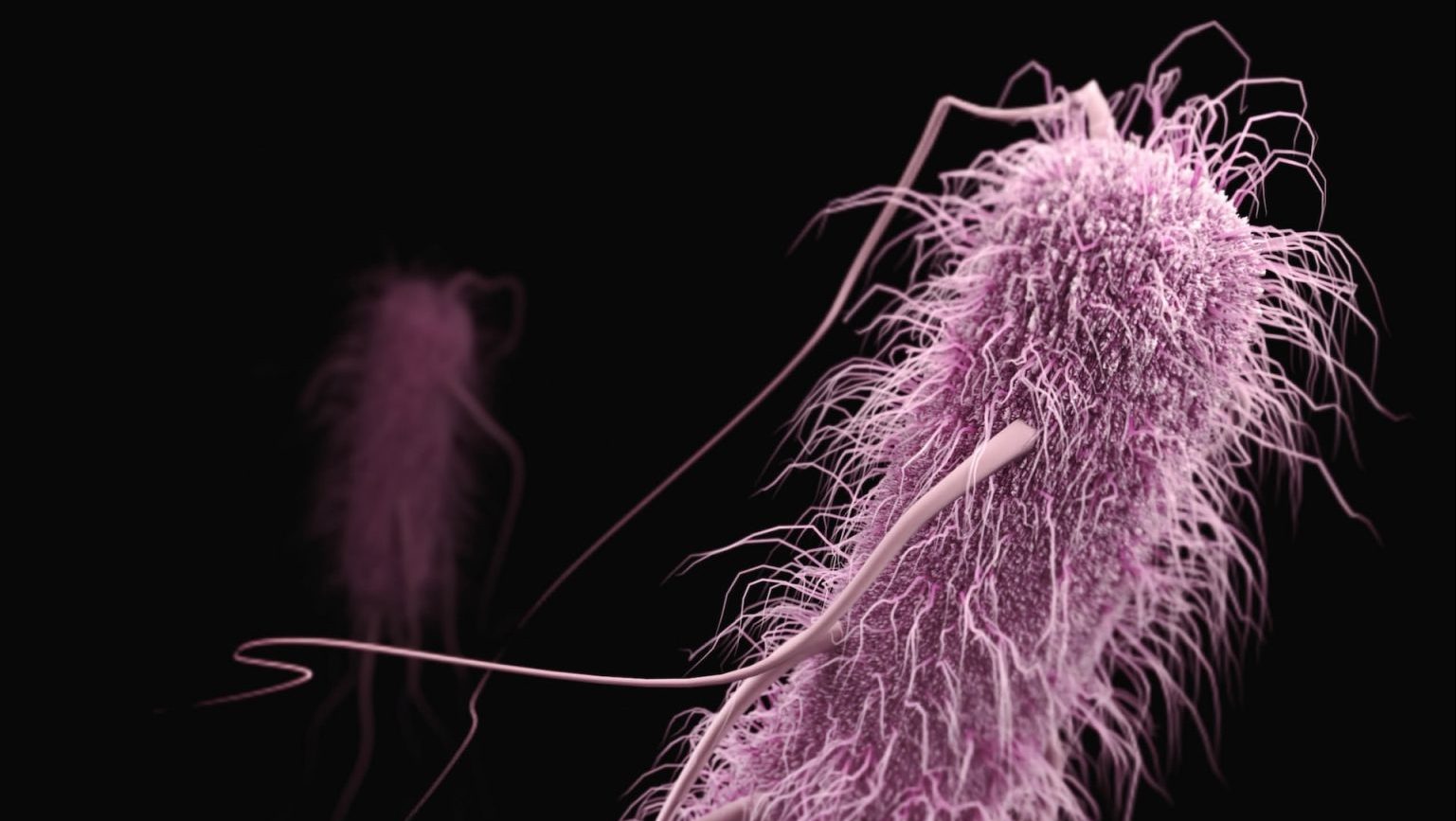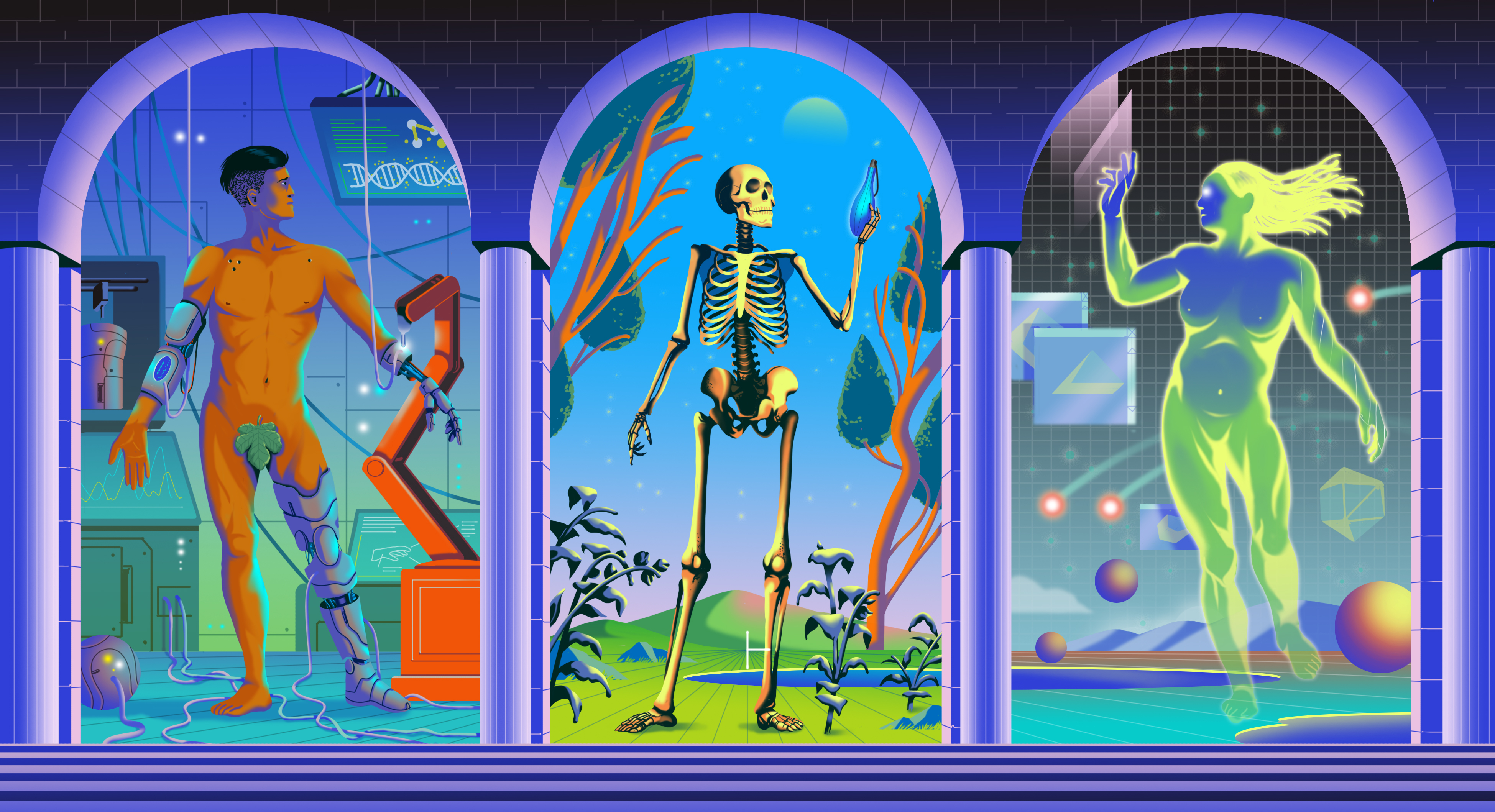The Human Genome Project was a major breakthrough in medicine, but according to network scientist Albert-László Barabási, simply having a list of genes is not enough to fully understand how they interact, and crucially, how our bodies work. Barabási believes network science — which studies complex patterns and interactions between our cells — could fill in this gap by creating a biological map from which we can develop new cures and even predict diseases.
He explains that disease genes often have mutations that result in a missing interaction within the sub-cellular network, which then causes problems in the functioning of a cell. Traditional medicinal interventions can lead to unwanted side effects, as they also affect other cellular processes in the network. Network medicine has revealed that these complex systems, though robust, are also fragile to attacks.
Understanding the structure of the network within our cells can allow for precise interventions that cure the problem without causing other issues. For Barabási, the ideal future of medicine would involve individualized network diagrams being adopted as a standard tool for doctors to show patients where mutations are, how they impact the rest of the cell, and how interventions can stop their effects.
Barabasí: About 20 years ago, we had a massive breakthrough in medicine, which is the Human Genome Project. The U.S. president went out and announced in front the reporters that we have the map of life.
JFK: “With this profound new knowledge, humankind is on the verge of gaining immense new power to heal. Genome science will have a real impact on all our lives.”
Barabasí: From my perspective, what we got is a phone book. We just got the list of the genes that are in our cells. But having the phone book of a city is not enough for you to understand how the city works. Having the list of the streets of the city is not enough for you to find your way from A to B. You need a map. You need to know how the streets connect to each other. Network medicine aims to fill in that gap. Network medicine has really developed, in the last 15 years: the tools to look at the network within the cell, to map out the interactions, and to use that map to really design new type of cures, new type of drugs, and new type of diagnostics.
With the arrival of the Human Genome Project, we started to discover disease genes. Typically, these genes have mutations that, as a result, the protein that the gene generates cannot do what it normally does. Hence, an interaction will be missing in the sub-cellular network. And when it's unable to bind, it is like a screw not going into the hole where it needs to go, and hence, the machine is not able to work. How do you cure a problem like that? And traditionally, what we do today is that we just add to you lots of other screws. The problem we have in a network environment: that every time I intervene, I also affect other processes that I may not want to affect, and those are typically manifesting the side effects of drugs or treatments.
One of the distinguishing features of complex systems is that they seem to be robust to lots of different kind of failures. As I'm talking to you, there are millions of errors between my cells that I don't even notice. Somehow molecules don't arrive at the right time, a protein is not being produced when it should be produced — and yet I don't notice it. I can carry on this conversation. So the question is: How can the cell carry on its function where there are millions of errors within that? That is fundamentally a robustness question that we started to ask around 2000. And what we realized is that if you just randomly pick a large number of nodes in a scale-free network and you remove them, the rest of the networks will be able to communicate with each other. You can remove 95% of the nodes randomly, and the remaining 5% will still be able to talk to each other, but there's a price for it. Because scale-free networks rely so much on the hubs to maintain their connectivity, if you remove only a few of the major hubs, the network will break into tiny pieces. This is what we call the "Achilles heel of networks," that they are very robust to random failures, but at the same time, they're very fragile to attacks.
So, if we understand well the structure of the network within our cell, not only we can understand the source of its robustness, but you can use it for therapeutic advantages. In reality, we would like to do minimal interventions, right? So the more I know about the network, the more precise I can be that my intervention is only curing the problem, and not causing other ones. That's what really the next level of personalized medicine will come from: where I can look at not only at your genome, but I can also map out the interactions within the cell between the molecules, and then look at the lack of interaction, and say that lack of interaction is the source of the potential disease that you may get, and how I'm gonna use an intervention to bypass that lack of interaction and how could I cure that disease.
We have to reform the way we think about medicine. Currently, if you have a disease, you go to a separate hospital depending on what tissue and what organ you have the disease. You go to neurologists to treat brain disease. You go to a cardiologist to treat heart disease. But in each of your cells, you have the same genome, and you have the same underlying network. And really, a mutation that is in your heart is not only in your heart 'cause it's in your brain, and it's in your toe as well. And in that sense, sooner or later, the cardiologist and the neurologist will have to be replaced by a 'network-ologist'. What I'm hoping, is that 10 or 20 years from now, my doctor will show me a network diagram in which he or she will show where I have my mutations, how they will affect the rest of myself, and where and how we'll intervene to stop the impact of those mutations. If we succeed in this path, we may arrive to the point that we have a cure to most diseases.






